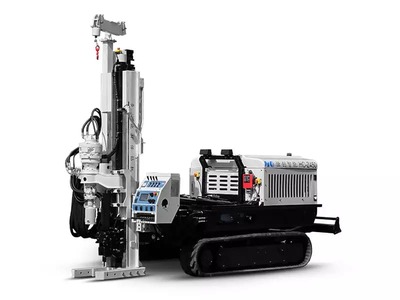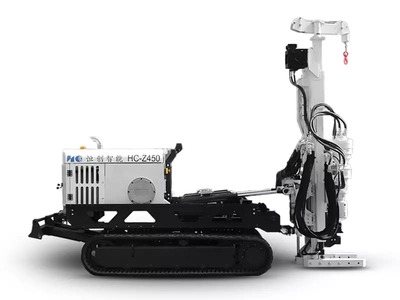Soil testing is a crucial practice for understanding soil health, fertility, and composition. Whether you're a farmer aiming to boost crop yields, an engineer conducting geotechnical investigations, or an environmental scientist monitoring contamination, proper soil sampling is the foundation for reliable results. In this article, we will explore the tools, techniques, and step-by-step processes for effective soil sampling.


Drilling and sampling refer to the processes of extracting soil for testing and analysis. Drilling involves using tools such as soil sampling drills or augers to penetrate the ground, often to varying depths, while sampling is the act of collecting these extracted soils for laboratory or field analysis.
In geotechnical investigations, drilling helps assess subsurface conditions, while in agriculture, it ensures nutrient levels in the topsoil and subsoil are accurately measured.
Soil sampling instruments vary depending on the depth, soil type, and purpose of testing. Common tools include:
For professional applications, soil sampling drills are the preferred choice due to their efficiency and accuracy.

Divide the area into zones based on factors like soil type, land use, or topography. This ensures comprehensive sampling.
Choose appropriate equipment, such as soil probes, augers, or drills, based on the required sampling depth and soil conditions.
Collect multiple samples from different zones to account for variability in soil conditions.
Accurately label each sample with details such as location, depth, and date before sending them to a certified laboratory.
Rotary drilling uses a rotating drill bit to cut through soil and rock. It is particularly effective for deep sampling and geotechnical investigations.
Percussion drilling involves hammering a drill bit into the ground to break up hard or compacted soils. This method is commonly used in challenging soil conditions.
Both techniques are effective, and the choice depends on the soil type and depth requirements.
The best soil sampling technique depends on the purpose of testing. Here are some commonly used methods:
Each method has its advantages, but grid and stratified sampling are often preferred for precision.
The best tool for soil sampling depends on the depth and objective:
For most professional applications, soil sampling drills are the gold standard due to their accuracy, efficiency, and ability to handle various soil types.
Proper soil sampling requires attention to detail to ensure accuracy. Here are some tips:
By following the guidelines above and using the right tools and techniques, you can ensure accurate and reliable soil sampling for any purpose. Whether you are improving crop productivity, conducting geotechnical investigations, or monitoring environmental health, proper soil sampling is the key to success.
If you are looking for high-quality soil sampling equipment, visit our website HCROT to explore a wide range of soil sampling tools and solutions. Additionally, our product, the HCZ450 Direct Push Soil Sampling Drill, is a highly efficient and professional soil sampling drill designed to meet the requirements of various depths and complex environments. Click to learn more and find the perfect equipment for your needs!
Soil sampling provides critical information about soil health, nutrient levels, and contamination, helping farmers, engineers, and environmental scientists make informed decisions.
For agricultural purposes, soil sampling should be conducted every 2–3 years or before planting new crops. For construction or environmental projects, sampling frequency depends on project requirements.
Yes, shallow soil sampling can be done manually using tools like hand augers or shovels. However, for deeper or more precise sampling, professional equipment is recommended.
The cost varies depending on the number of samples, the type of analysis required, and the laboratory. Basic tests for pH and nutrients are generally affordable, while advanced tests for contaminants may cost more.
Soil conditions such as hardness, moisture, and composition influence the choice of tools and techniques. For example, compacted soils may require percussion drilling, while loose soils are easily sampled with augers.